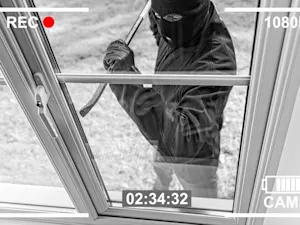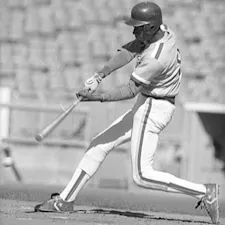
Why So Many Theaters Have Vampires (But Not That Kind)
Few monsters are as instantly recognizable or as popular as the vampire. Even just saying the word "vampire" conjures a distinct image in the mind: The pale skin, the dark opera cloak, the high widow's peak, and of course, the giant fangs. Or a brooding, sparkling handsome boy, depending on your personal media reference points.
For our purposes, we'll be focusing on the former. The vampire actually has a long history, slowly evolving following distinct cultural trends and creative reinterpretations, and even influencing theater technology.
From Peasant Pest To Aristocratic Abomination
Unsurprisingly, vampires have been a part of several different folkloric traditions for centuries. In European folklore, their mythic existence begins as distinctly lower-class monsters. Usually, they remained confined to their home villages for their nighttime predations and were often described as being "ruddy" in complexion.
It wasn't until the early 19th century that the modern image of the vampire came to the forefront. In 1819, Scottish physician John Polidori anonymously published "The Vampyre" in the New Monthly Magazine. Unlike the more rural monster of yore, Polidori's vampire Lord Ruthven is of the upper class and demonstrates a more lustful persona than any previous bloodsucker.
Polidori first came up with his vampire story on the shores of Lake Geneva in Switzerland in 1816 when he and his friends, trapped indoors due to bad weather, told each other scary stories. If that tidbit sounds familiar, it's because another storyteller at the party was a young woman named Mary Shelley, whose own tale of terror would eventually blossom into a highly successful novel called "Frankenstein."
 Much of modern horror began during what should have been a nice vacation in Switzerland.
Much of modern horror began during what should have been a nice vacation in Switzerland.
With the seed of the modern vampire planted in the popular consciousness, it was off to the races. One arena in which the vampire was particularly popular was the stage; adaptations of "The Vampyre" proved enormously popular in Paris and inspired countless imitators and further adaptations.
 But how best to portray the dark powers of the vampire on the stage?
But how best to portray the dark powers of the vampire on the stage?
How To Make a Man Disappear
In 1820, J.R. Planché debuted his own adaptation of "The Vampyre" — "The Vampire," or "The Bride of the Isles" — to a London audience. And to really sell the vampire's otherworldly presence and sinister abilities, the debut also came with a new piece of special effects: A new trapdoor.
Trapdoors weren't exactly new in and of themselves; they'd been around since the first theater performances in Ancient Greece. But the vampire trap, or simply "vampire," did something special. This trapdoor would activate when its flaps were put under pressure — say by someone walking onto it — but then immediately re-close. When paired with a puff of smoke to obscure the effect, it appeared as if the vampire just vanished into thin air!
The vampire is still in use today in many modern theaters, proving that for all their monstrous consumption, the creatures of the night do end up giving something back as well!
Reference: Jones, Darryl. Horror: A Very Short Introduction. Oxford, Oxford University Press, 2021.
























